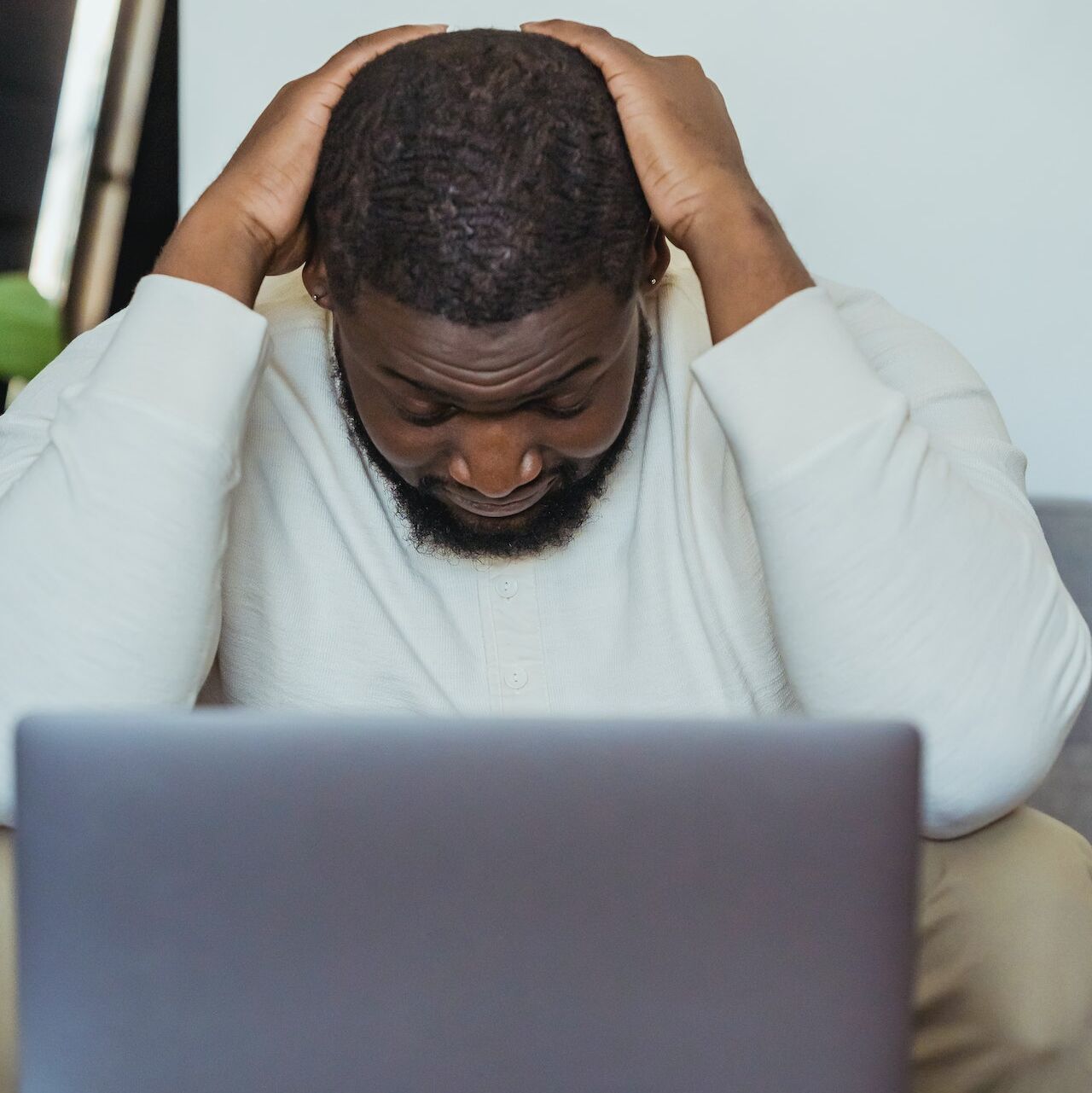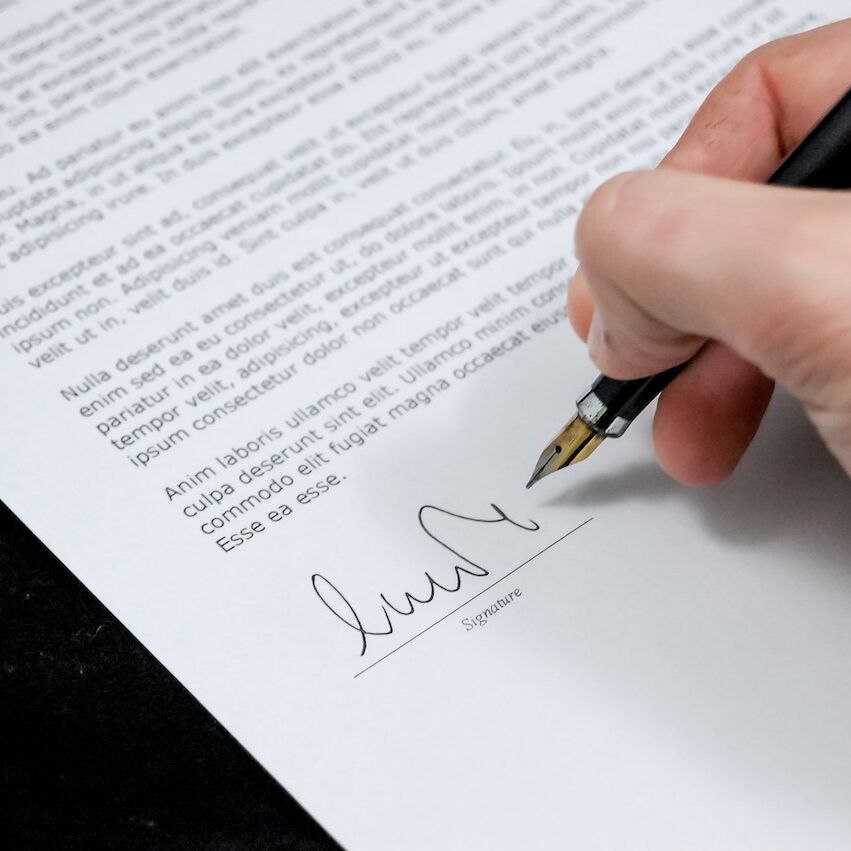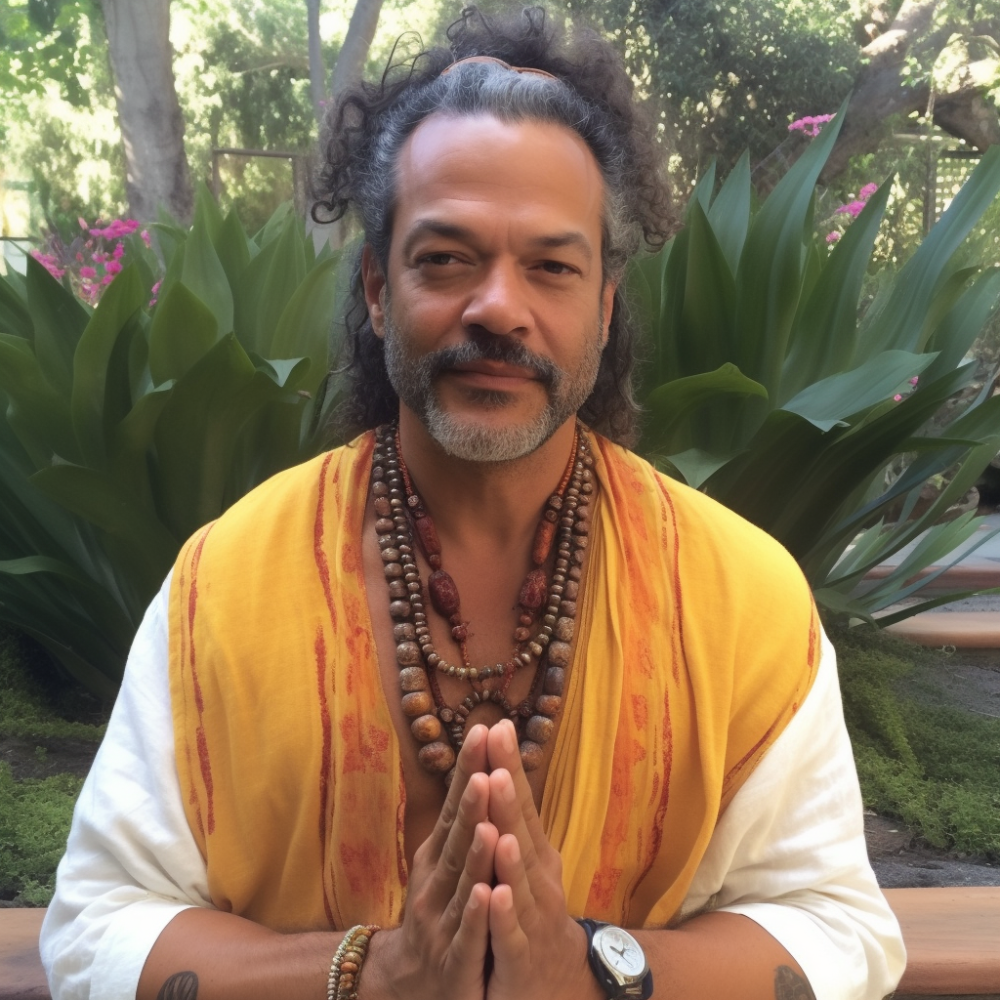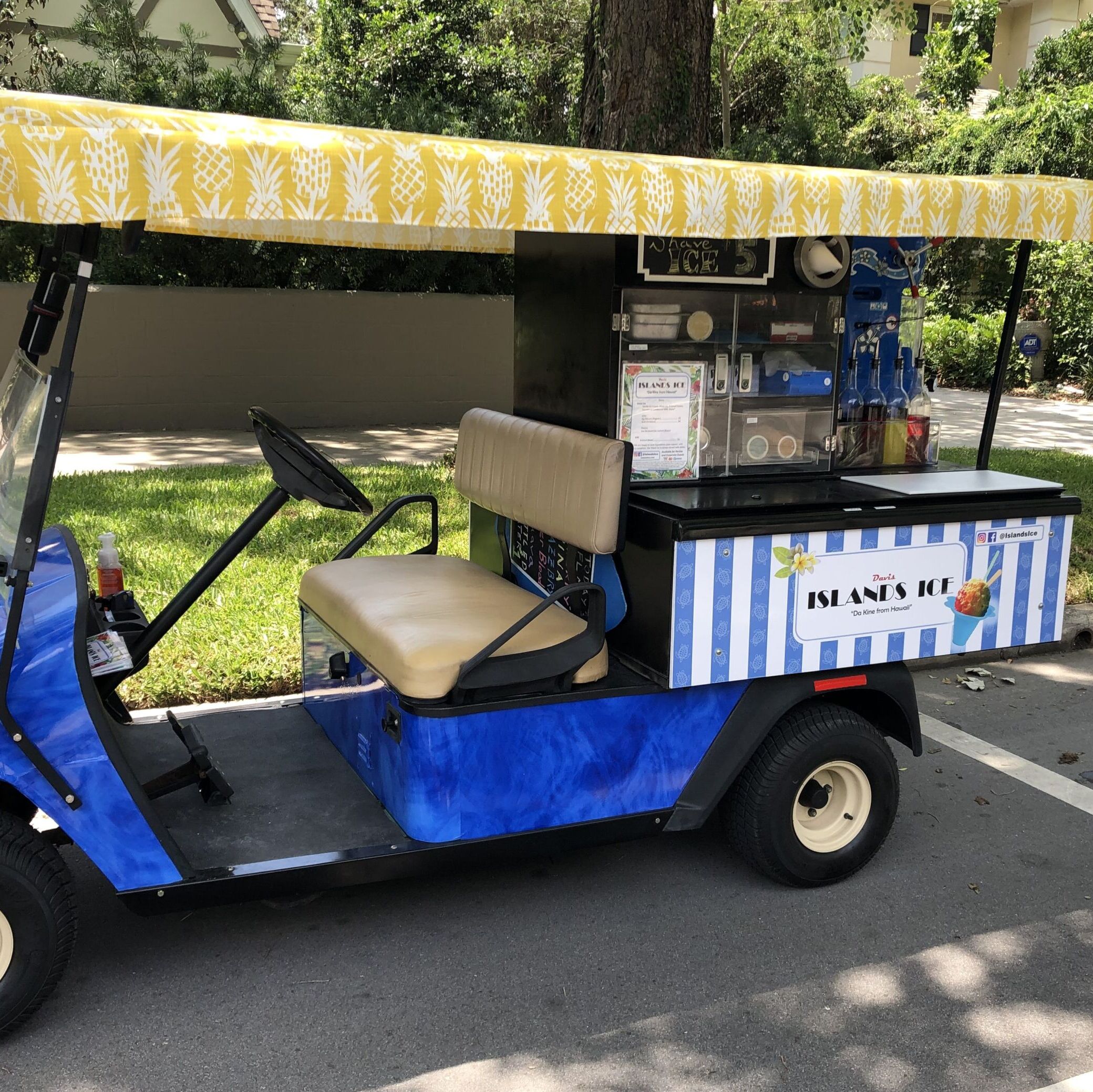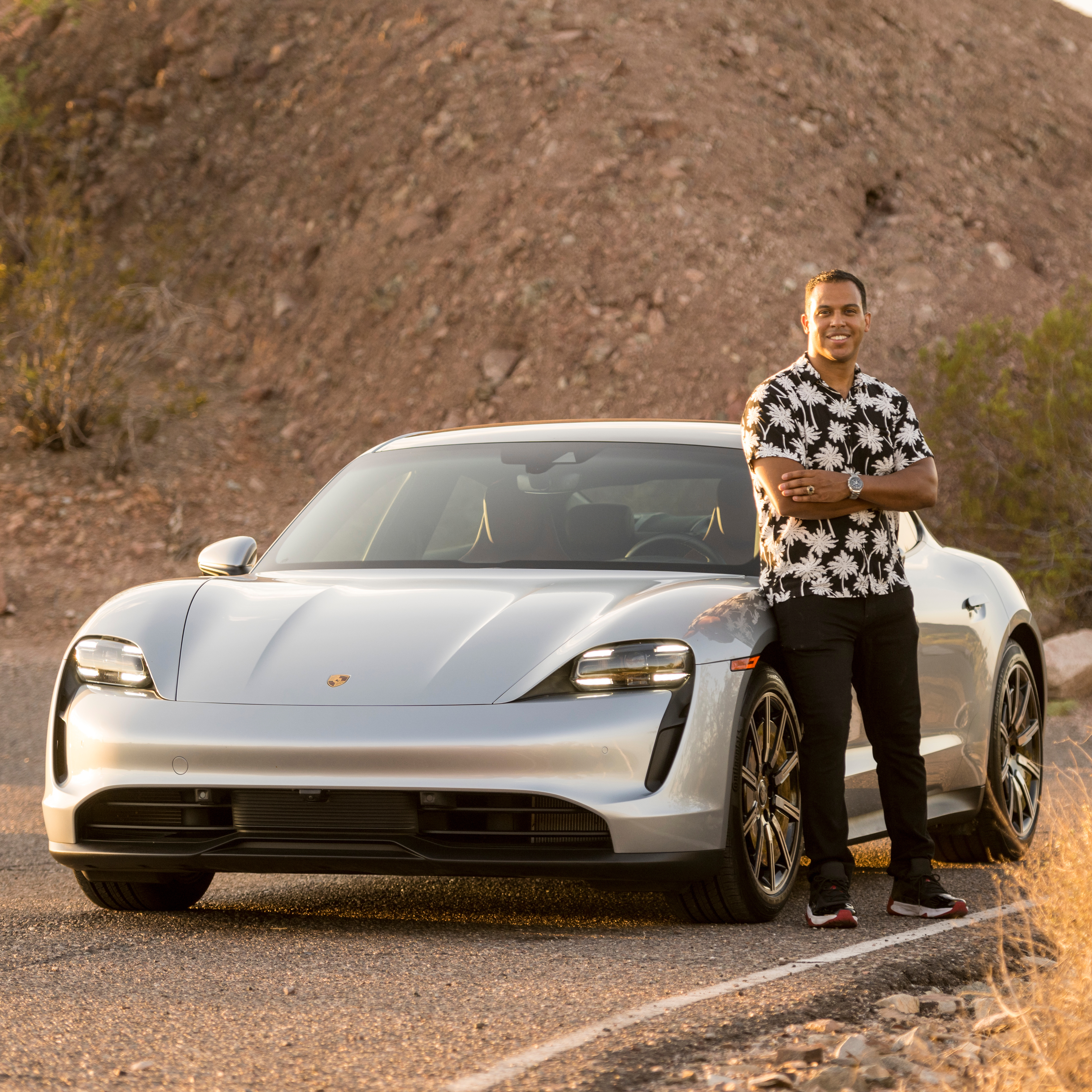Artists vs. Artificial Intelligence: The Debate over AI-Generated Art and Copyright Laws
by Robert Solano
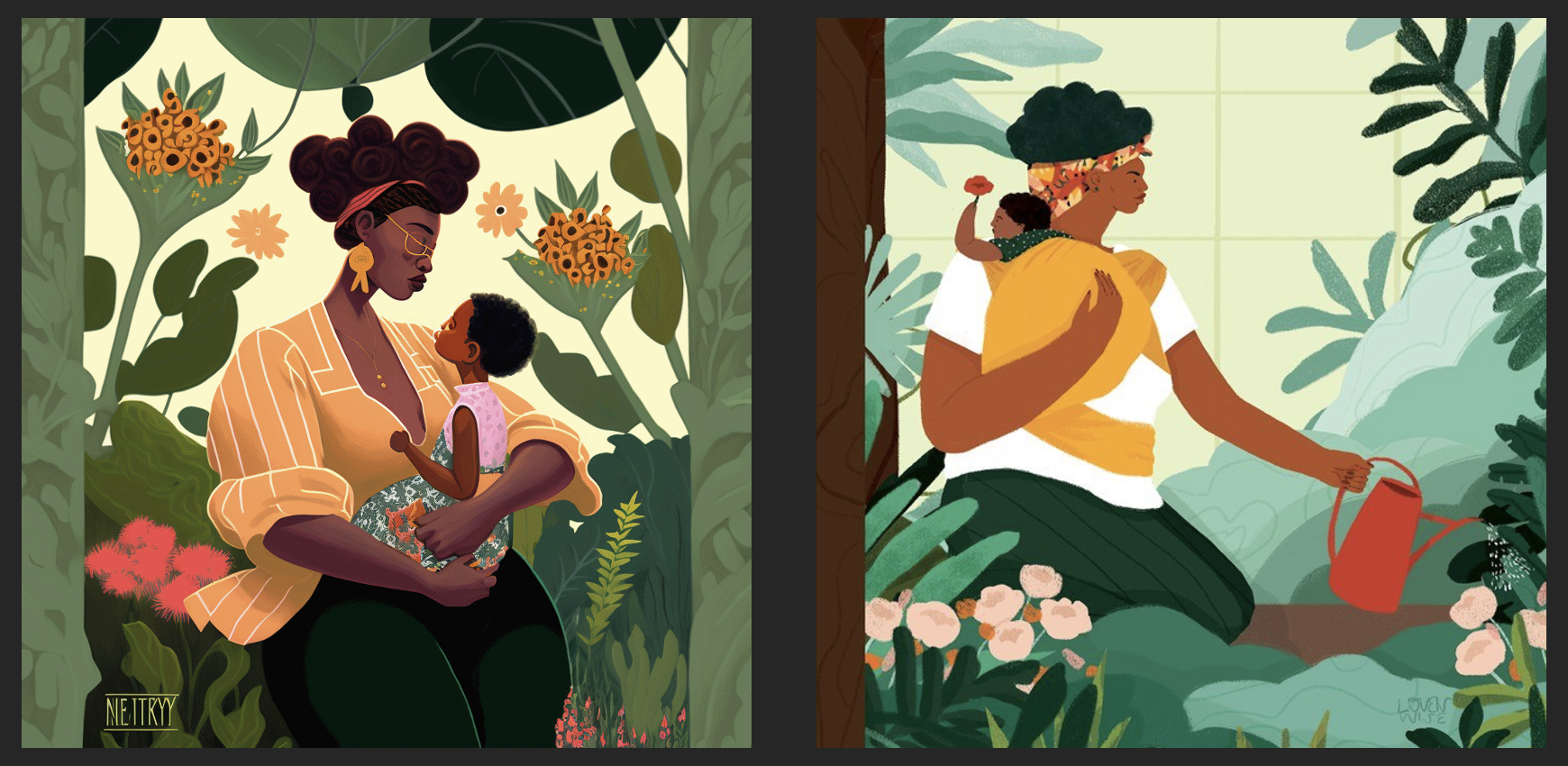
The image to the left was created by artificial intelligence. It was trained using the image on the right, which is an original copyrighted work by the acclaimed artist Loveis Wise.
The rise of artificial intelligence in the art world is creating a stir among artists. The ease of access to AI image generation tools has led to a surge in the production of AI-generated artwork that closely resembles human-made art. For example, the Lensa app, which allows users to create their own digital avatars using AI, topped app store charts with over 5 million downloads in one week. In other news, AI-generated artwork has won awards at art competitions that were traditionally won by humans. And even further, myself and other artists have begun using AI to write and illustrate children’s books, which AI can do exponentially faster and cheaper than a human artist. These examples showcase how AI technology is changing the art world, but as AI-generated art becomes more prevalent, some artists are starting to feel threatened. They argue that AI is “stealing” their work and that it should be illegal for these algorithms to create art without the permission of the human artist.
AI image generation tools like Lensa, Midjourney, and DALL-E 2 are machine learning models. They were trained on a large dataset of images and texts, and in many cases they were trained with copyrighted artwork. This means that these programs are more likely to churn out images or texts that resemble those they’ve already been exposed to, as opposed to completely original creations. In certain cases, the outcome can be almost identical to an original work of art or artist’s style. Moreover, these programs never got the green light from artists before using their works for training the machine learning models, and many artists argue that these programs should be prohibited from using their work or likeness without their consent.
The truth is, however, that AI-generated art is perfectly legal in the United States. Despite the resistance of authors and artists, two key legal precedents protect these AI programs. In 2013, the U.S. Second Circuit’s ruling in Authors Guild v. Google was a landmark victory for AI programs and their creators. In this case, the court upheld that, “training algorithms on copyrighted data is not illegal.” The court’s statement declared that Google’s algorithm, “provides significant public benefits. It advances the progress of the arts and sciences, while maintaining respectful consideration for the rights of authors and other creative individuals, and without adversely impacting the rights of copyright holders.”
The Authors Guild contested this decision and asked the Supreme Court to review it, but their petition was denied – leaving the Second Circuit’s conclusion in favor of Google unaltered. This ruling established a significant precedent for artificial intelligence development.
The second important legal precedent is from the 1991 case, Feist Publications, Inc v. Rural Telephone Services Company, Inc. In this case, Rural Telephone Services Company argued that Feist Publications had infringed on its copyright by creating a phone directory that was almost identical to the White Pages created by Rural Telephone Services. The ruling in favor of Feist established an important precedent for artificial intelligence.
The Supreme Court upheld that this was not copyright infringement since even the “slightest amount” of creativity counts as an original work. The ruling declared that works are considered original as long as new works “possess some creative spark, ‘no matter how crude, humble or obvious.’”
For artists, the implications of this ruling are that there is limited protection against artificial intelligence algorithms. As long as the AI-generated artwork has a slight amount of variation, it can be considered an original work, even if it closely resembles an artist’s copyrighted work. This is unfortunate news for artists.
More concerning than the legality of copyright law, is the prospect that an influx of AI-generated art threatens artists’ livelihoods. Some artists have even argued that AI-generated art should be illegal because it takes away jobs from human artists. Some of these artists have joined together in a class action lawsuit against companies like Stability AI, DeviantArt, and Midjourney, claiming that their AI programs and datasets violate fair use laws. While those legal battles will likely continue for years to come, the prospects do not look promising for the artists.
The challenge of fair use law is that the burden of proof rests on the copyright owner, the artists, who must demonstrate the impact of the infringement on their work. It could easily be argued that AI-generated artwork is a new market and is not of the same value as the original work, therefore it doesn’t affect the market or the value of the artists copyrighted work. Additionally, with the recent widespread proliferation of AI art programs, and significant investments by technology companies, it is doubtful that artists will be able to stop the forthcoming AI tidal wave.
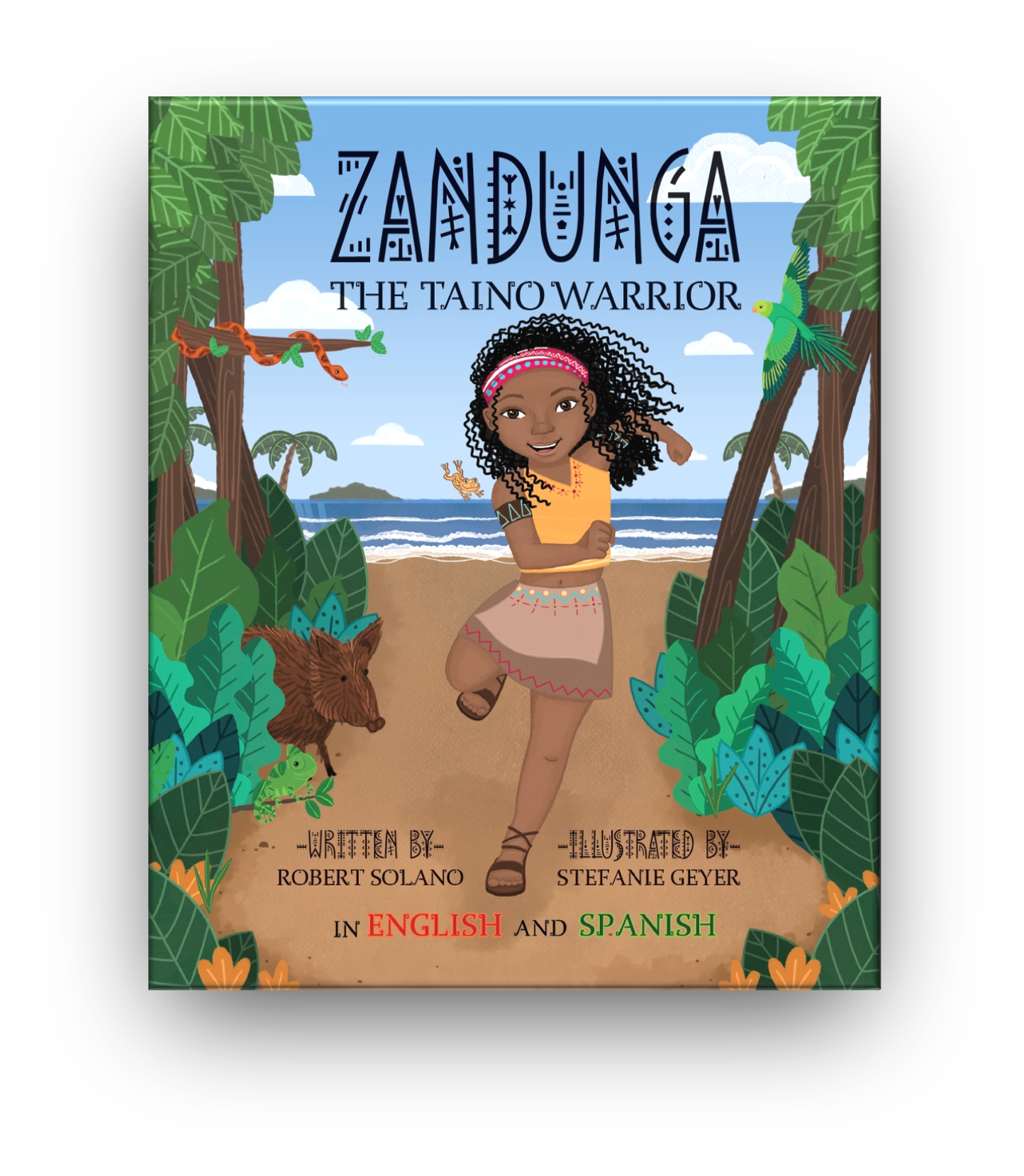
I wrote and illustrated “Zandunga” using a human illustrator. It took about 6 months and cost over $3,000.
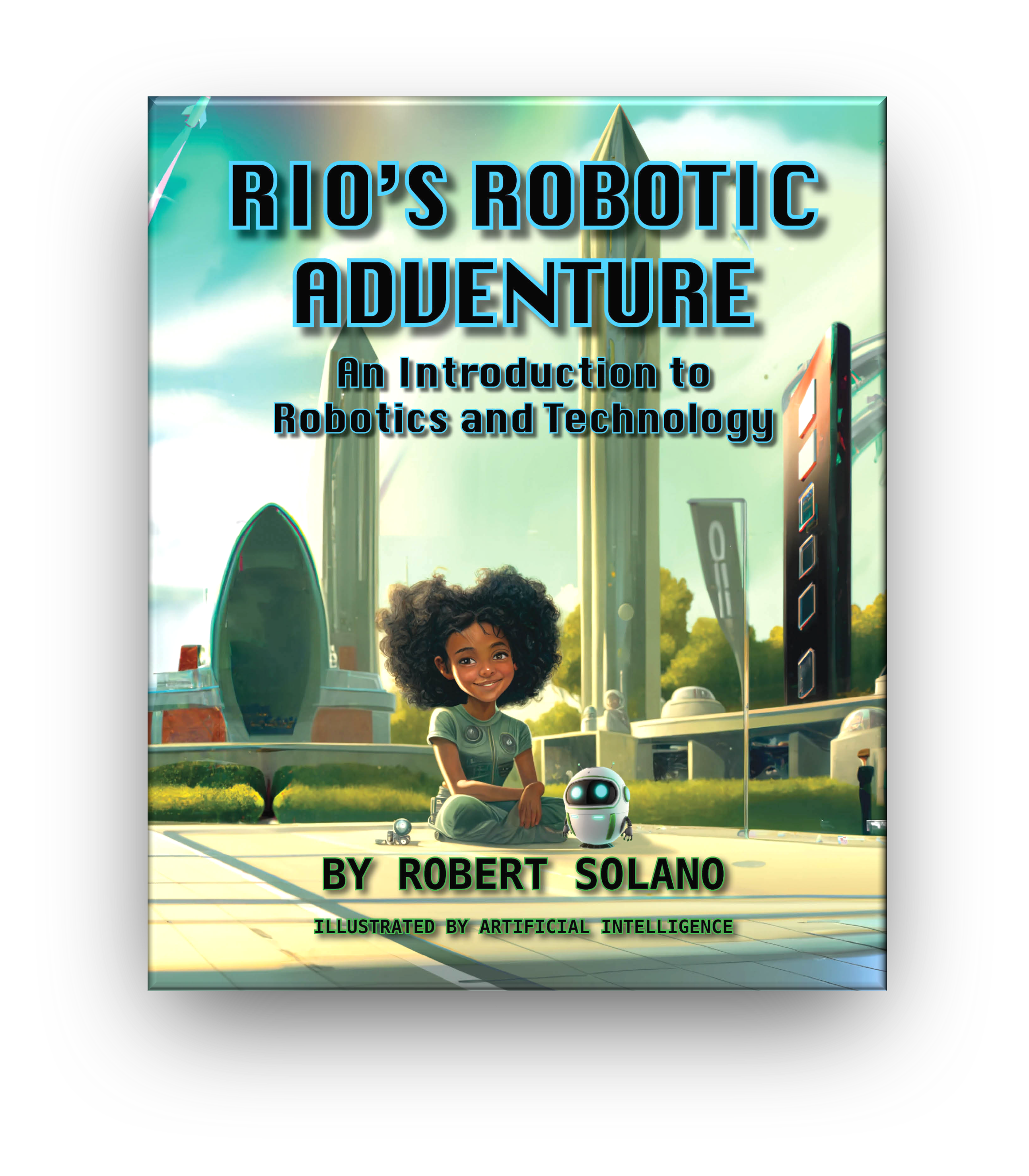
In comparison, “Rio’s Robotic Adventure” took about one week to write and illustrate using AI. It cost less than 50 dollars.
The use of artificial intelligence programs has revolutionized the creative process, allowing aspiring artists and writers from all walks of life to tell their stories and share their artwork with the world.
As an example, I used ChatGPT, Midjourney, and DALL-E-2 to write, illustrate, and publish a children’s book in less than 8 hours. The entire process also cost me less than $50. In comparison, my previous human-illustrated and edited children’s book took almost 6 months and over $3,000 to publish. In general, AI-generated artwork is significantly cheaper, faster, and more efficient than wholly human art.
The good news is that AI artwork is a revolutionary technology but it lacks the creativity and emotional depth that only a human artist can possess. I have written two books using artificial intelligence. While I was able to use AI to write and illustrate these books, neither of them compare to my first human-illustrated book. AI does not have the ability, yet, to capture the depth of emotion, nuance, and creativity that human artists possess.
The rise of AI-generated art does not mean that human artists will disappear. In fact, it can open up new opportunities for artists. AI-generated art can be used as a tool for human artists to create new works, and it can also be used to generate new forms of art that were not possible before.
I am particularly hopeful that the quality and cheaper cost of using artificial intelligence to create art will allow for more disenfranchised communities to create new art forms. For example, there are many parallels between AI artwork and the evolution of Hip Hop in the 1980s. During this time, African American communities, who didn’t have access to expensive recording studios and record labels, turned to easier and cheaper turn-tables to create a new style of music. They created a new genre of music that upturned the entire industry. Simularly, I predict that AI artwork will transform many art industries in novel ways.
Unfortunately, we will likely see a lot of turmoil in the art world as the industry adapts to this new technology. Traditional artists will struggle to compete with artificial intelligence and will try to prevent its advancement before a new generation of artists evolve who will use artificial intelligence to take their artwork to the next level.
ABOUT THE AUTHOR: Robert Solano has over a decade of experience developing artificial intelligence technology for the Department of Defense. Outside of his military career, he is an author and recently used artificial intelligence to write and illustrate the children’s book in less than 8 hours, “Space Explorers: An Intergalactic Adventure.” You can connect with Robert on Twitter or LinkedIn at @TheRobertSolano.
Take your business to the next level
5 Minutes That Will Make You a Better Leader
Get actionable leadership advice to your inbox every Monday morning. Read, listen, or watch to be the leader that your business and family need you to be.


